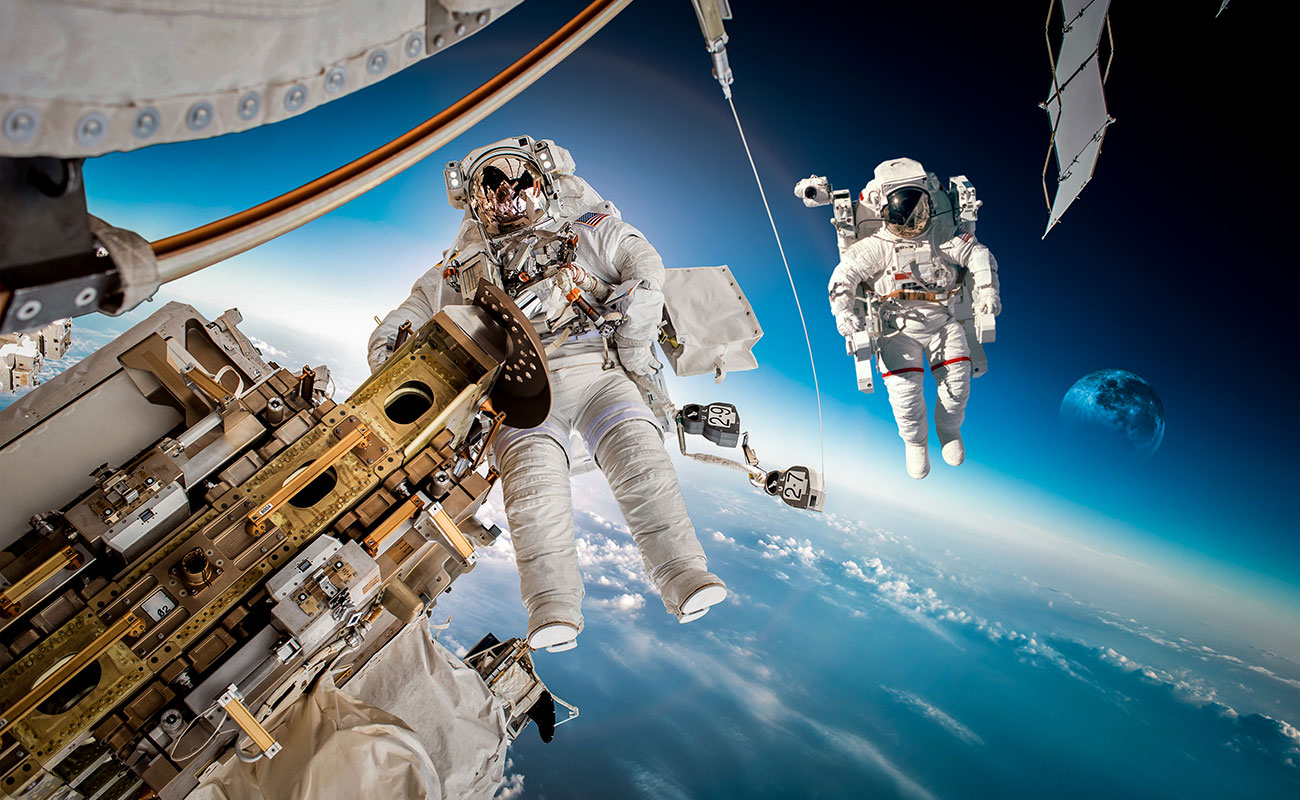By Space Frontiers Global
Humanity’s Boldest Frontier
NASA is gearing up for one of the most ambitious endeavors in human history — sending astronauts to Mars. After decades of research, robotic exploration, technological trials, and international collaboration, the space agency is closer than ever to launching its first crewed mission to the Red Planet. This monumental step will not only redefine our understanding of space travel but also expand humanity’s reach beyond Earth for the first time since the Apollo Moon landings.
As Earth’s closest planetary neighbor, Mars has long fascinated scientists, storytellers, and dreamers alike. With surface conditions that, while harsh, are more hospitable than any other planet in our solar system, Mars represents both a challenge and a promise — a promise of extending civilization into deep space.
Why Mars, and Why Now?
Mars is the most Earth-like planet in the solar system. It has seasons, polar ice caps, and even signs of ancient riverbeds. In recent years, NASA’s robotic missions — such as Perseverance and Curiosity — have uncovered compelling evidence that Mars once harbored conditions suitable for life.
The goal now is not just scientific discovery, but human settlement, however temporary at first. NASA believes that a successful human mission to Mars will unlock crucial data about:
- The planet’s geology and climate history
- Potential signs of past microbial life
- The sustainability of human life beyond Earth
- Resource utilization techniques (such as extracting water from Martian soil)
- Deep space survival tactics that will be essential for future missions to Jupiter’s moons or even interstellar travel
Mission Timeline and Milestones
NASA has outlined a strategic, multi-phase roadmap for its first human mission to Mars, tentatively targeted for the late 2030s. Here are the key phases:
- The Artemis Program (2025–2030)
Before venturing to Mars, NASA is focusing on building a sustainable human presence on the Moon through the Artemis program. This initiative will help test deep-space life support systems, radiation shielding, and the Lunar Gateway – a space station orbiting the Moon that will serve as a staging point for future Mars missions.
- Technology Development and Testing (2025–2032)
- Next-generation propulsion systems, such as nuclear thermal propulsion, will cut travel time to Mars dramatically.
- Advanced radiation protection, spacesuits, habitat modules, and autonomous medical care systems are being refined.
- Robotic missions will continue gathering surface data and mapping landing sites.
- Crew Training and Simulation (2026–2035)
NASA is conducting extended simulation missions, including analog Mars bases on Earth and long-duration space stays aboard the International Space Station (ISS), to help astronauts prepare physically and psychologically.
- Launch and Transit (Target: 2037–2039)
The actual mission will take approximately 6 to 9 months each way, depending on launch windows and propulsion efficiency. The mission duration is estimated at 2.5 to 3 years, including time spent on Mars during the planet’s most favorable orbital alignment with Earth.
The Astronauts: Who Will Go to Mars?
NASA plans to select a crew of 4 to 6 astronauts with diverse expertise — including engineering, geology, medicine, and botany. The team will be trained for extreme isolation, problem-solving under pressure, and scientific research under Martian gravity.
Among potential crew candidates are astronauts from NASA’s Artemis Generation, a cohort trained for long-duration deep space missions. International collaboration is expected to play a role as well, with astronauts from ESA (Europe), JAXA (Japan), and CSA (Canada) possibly joining the mission.
Challenges NASA Must Overcome
Despite the excitement, sending humans to Mars is a monumental challenge. Here’s what NASA must solve:
- Radiation Exposure: Unlike Earth, Mars lacks a magnetic field to shield against cosmic rays.
- Psychological Strain: Crew members will face isolation, distance from Earth, and delayed communication (up to 22 minutes).
- Life Support Systems: NASA is designing closed-loop life support systems for recycling air, water, and waste.
- Landing Safely: Mars’ thin atmosphere makes landing large payloads extremely difficult. NASA is developing supersonic retro-propulsion and inflatable heat shields to counteract this.
- Martian Dust: Mars’ fine, electrostatically charged dust can interfere with machinery and pose health risks.
Habitats and Living on Mars
Upon arrival, astronauts will live in pre-delivered habitats equipped with:
- Radiation shielding made from regolith (Martian soil) or inflatable structures covered with protective materials
- Hydroponic and aeroponic farms for growing food
- Solar power systems with backup nuclear generators
- Pressurized rovers for mobility on the Martian surface
- Water extraction units to pull H₂O from subsurface ice
The mission will focus heavily on In-Situ Resource Utilization (ISRU) — turning Martian resources into usable supplies like oxygen, fuel (methane from CO₂), and building materials.
The Role of Robotics and AI
Before humans arrive, a network of autonomous robots and AI-driven systems will prepare the landing site, build infrastructure, and monitor environmental conditions. These robotic assistants will continue supporting astronauts during their mission.
NASA is also investing in AI algorithms that can detect mechanical faults, assist in decision-making, and manage medical diagnostics — essential tools when Earth is months away.
Global Impact: A New Era of Exploration
A successful Mars mission will be a milestone for all humanity, much like the Moon landing in 1969. Beyond technological marvels, it will inspire generations of scientists, educators, and explorers. It will catalyze new industries: space tourism, off-world mining, interplanetary communications, and beyond.
Moreover, Mars exploration may one day be vital to human survival. As climate change, pandemics, and geopolitical instability threaten Earth’s balance, Mars offers a potential Plan B for the long-term continuity of human civilization.
Conclusion
NASA’s plan for a human mission to Mars is not just a technological leap; it is a testament to the spirit of exploration that has defined human progress for centuries. With careful planning, global collaboration, and relentless innovation, the dream of walking on Mars is rapidly shifting from science fiction to inevitable reality.
This mission isn’t just about reaching a planet — it’s about igniting hope, fostering unity, and expanding the boundaries of what humanity can achieve. As the countdown begins, the world watches in awe, ready to witness history once again written in the stars.








